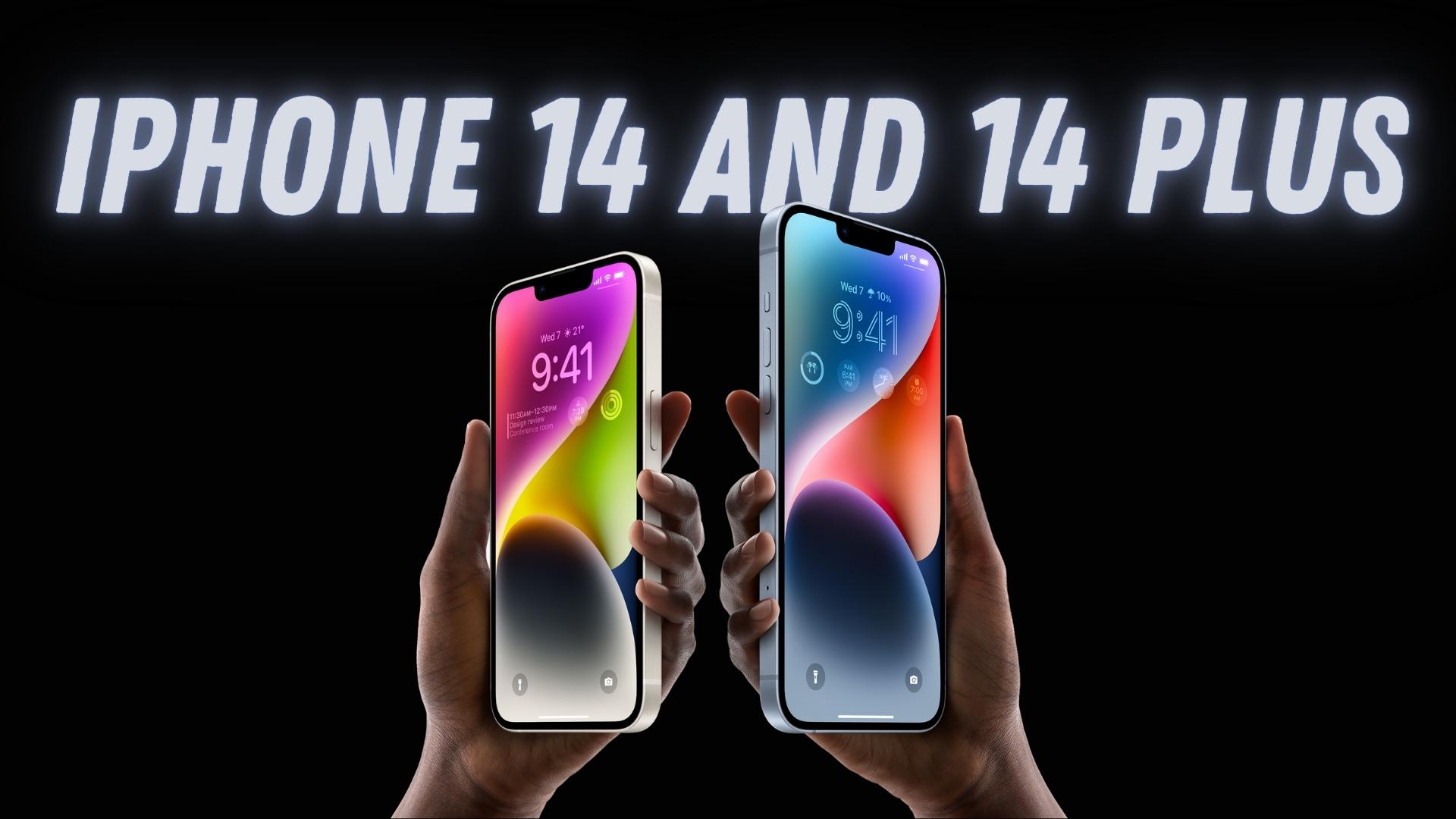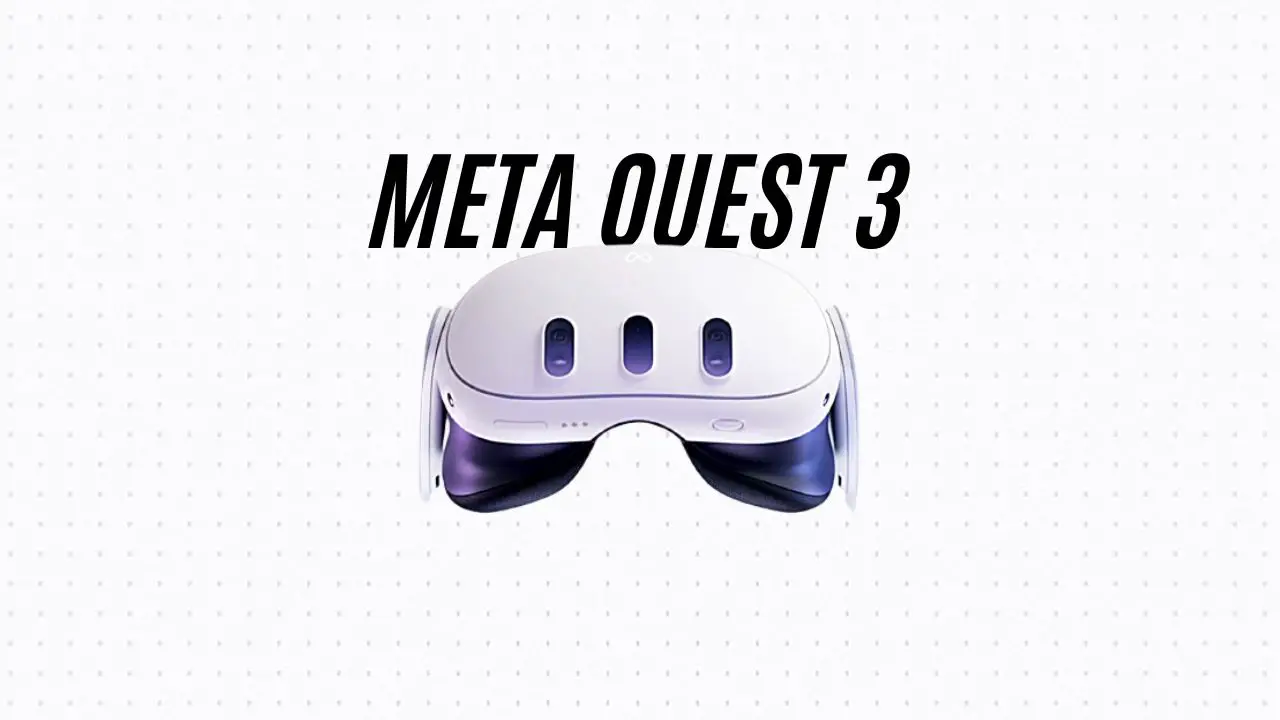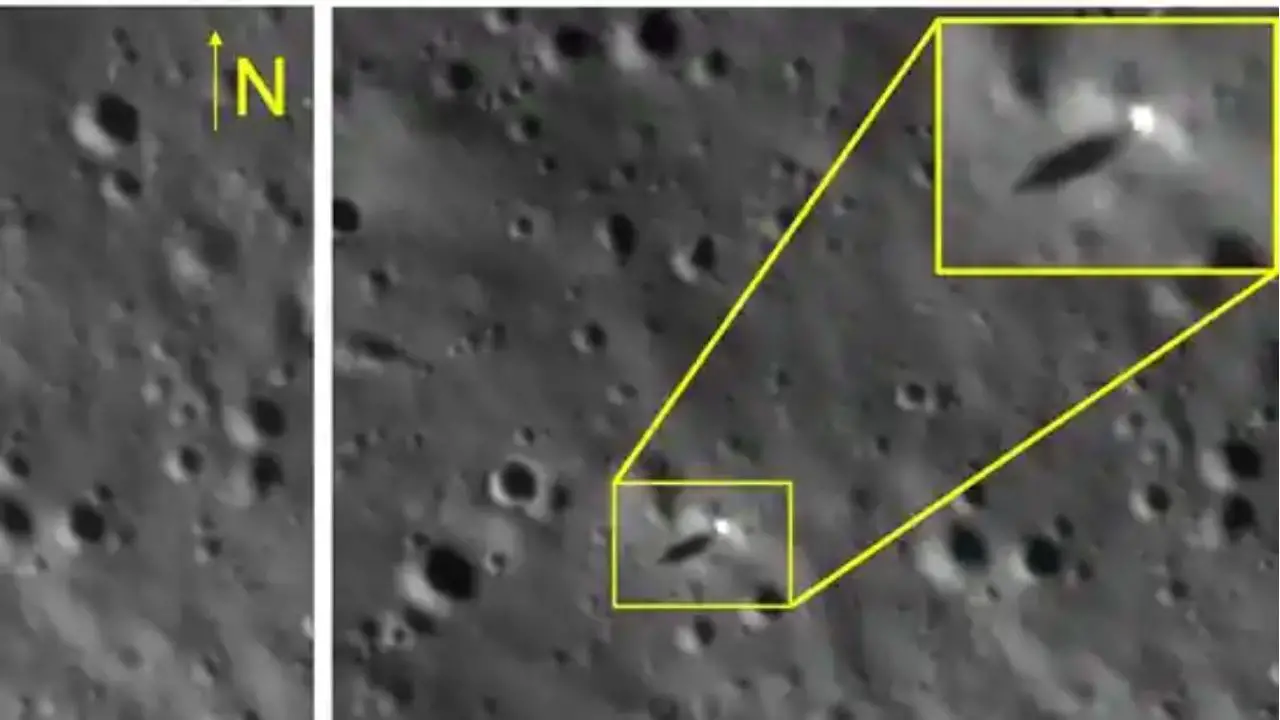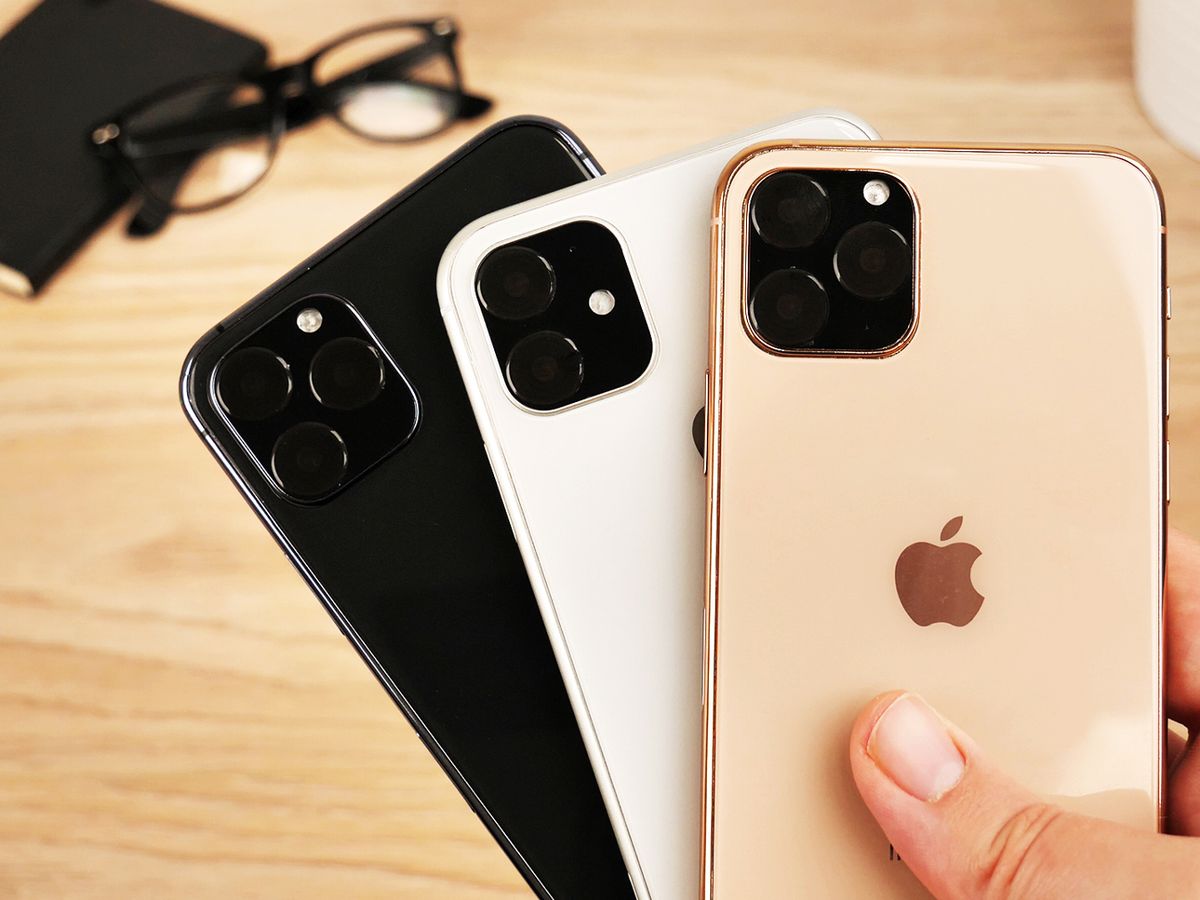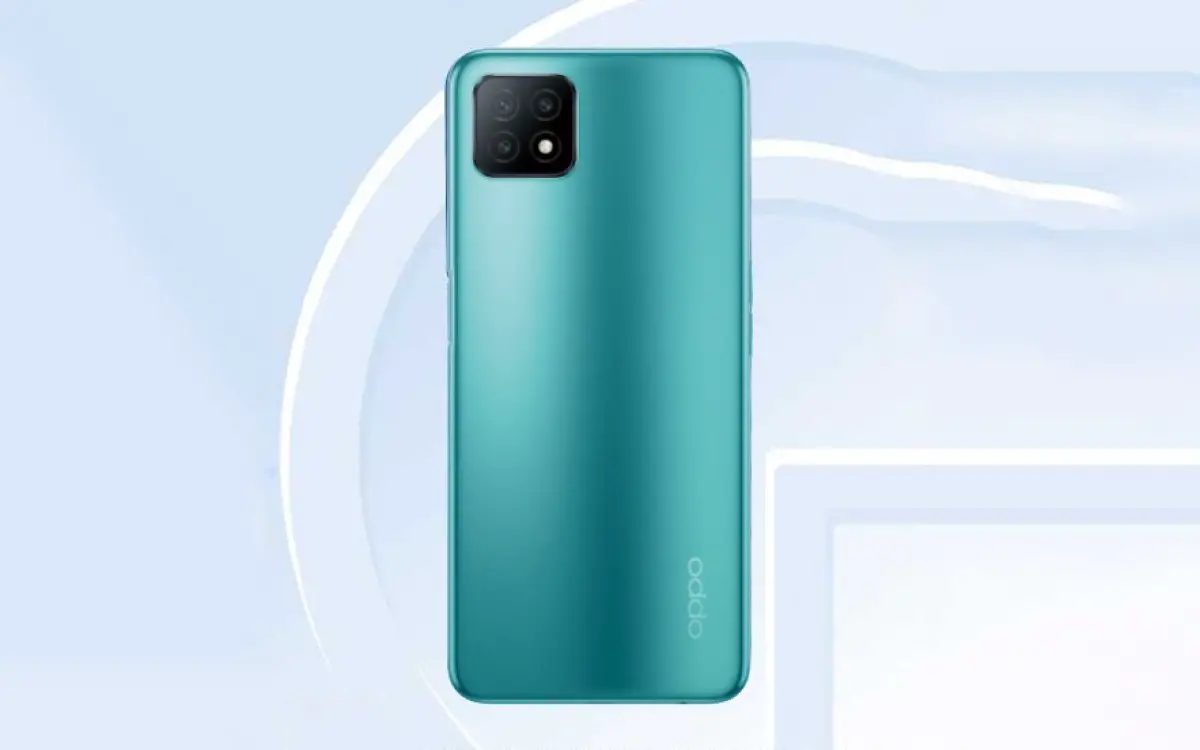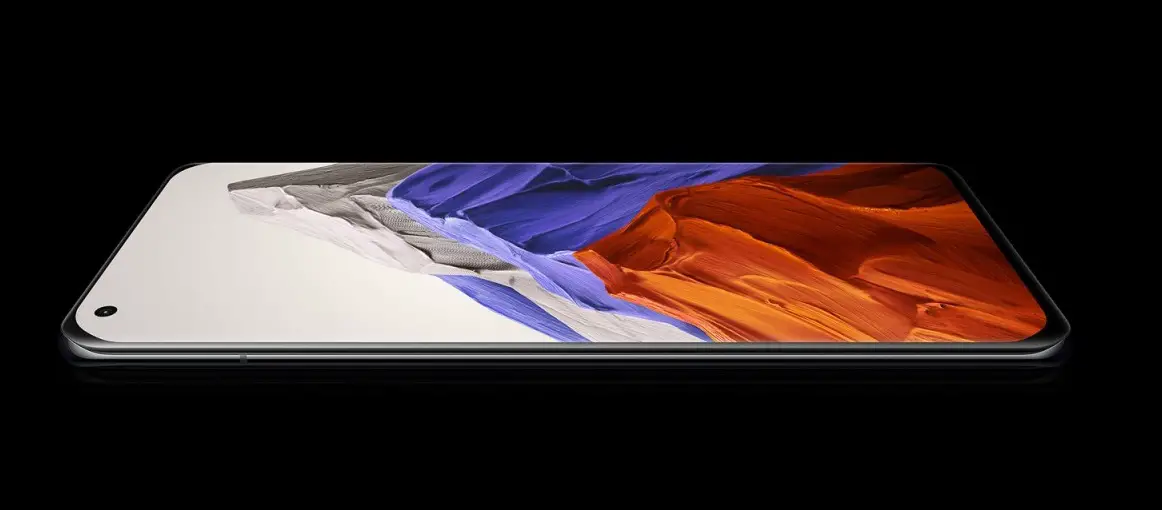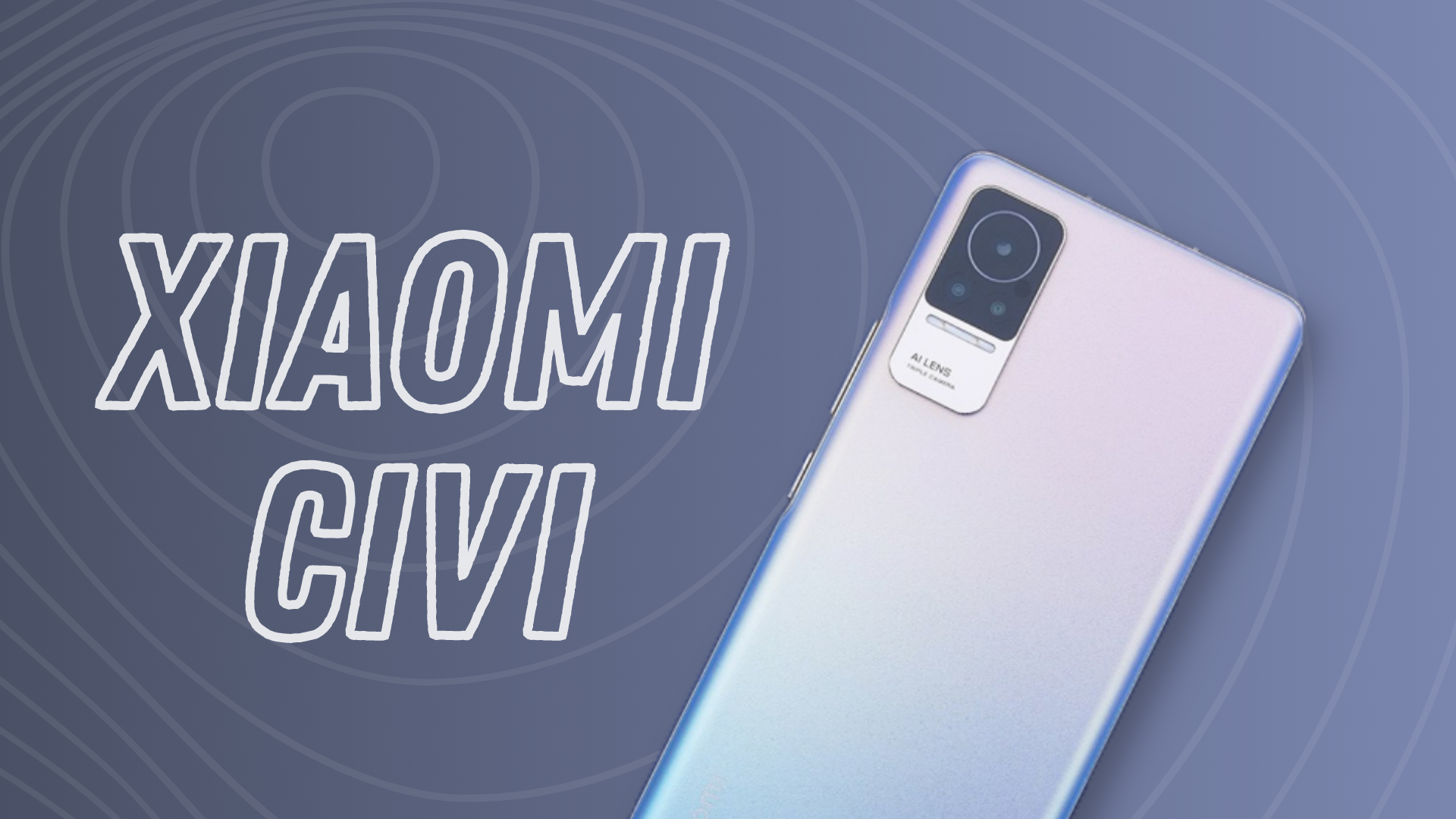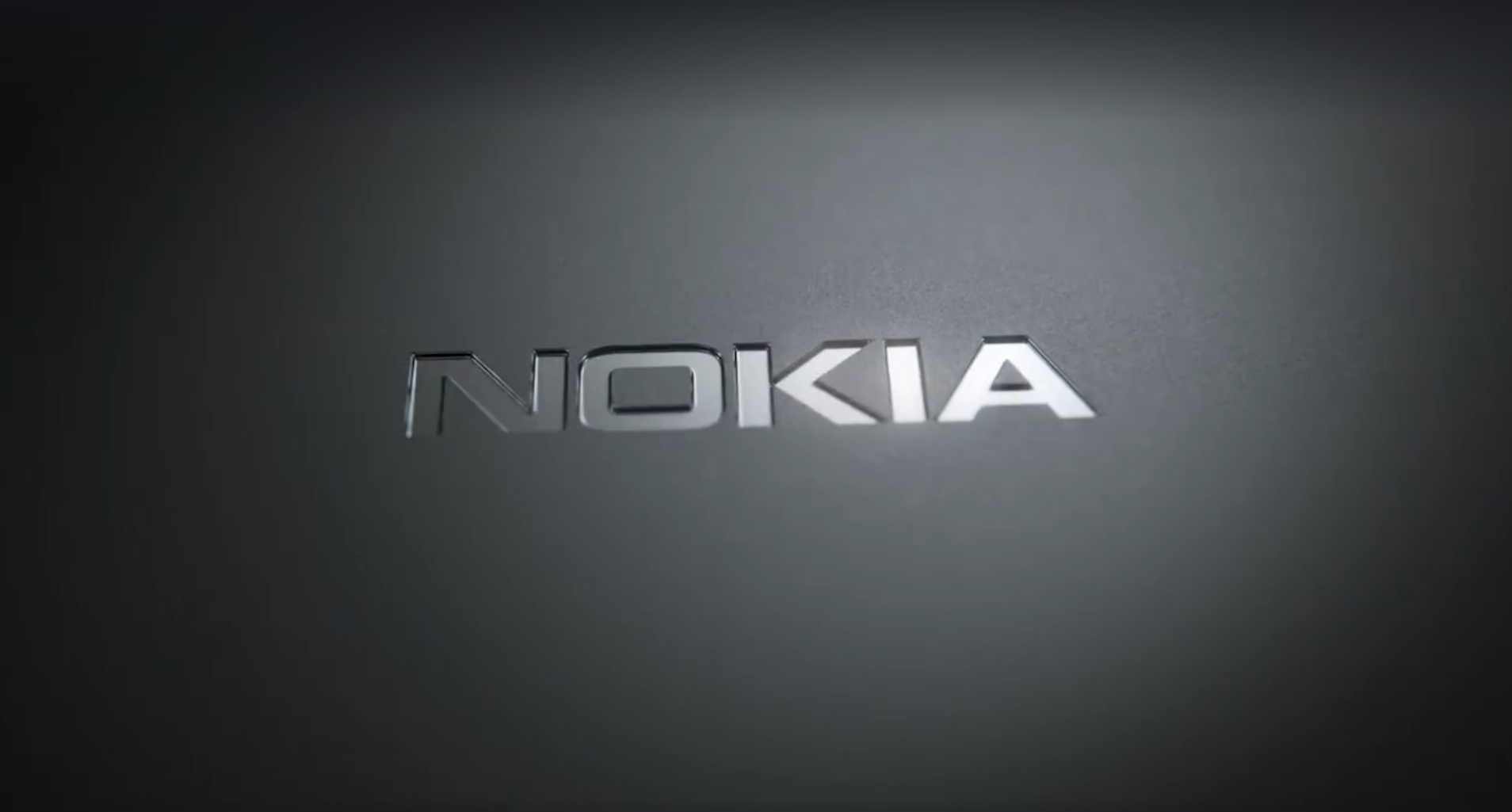At the strike of Apple Far Out on September 7, Apple unleashed the Kraken launching the almighty iPhone 14 series to the world. With four models spread across Pro and non-Pro models, the devices get new features such as crash detection, and satellite communication, among others. Let’s have a deeper look at both the non-Pro iPhone 14 models to give out information on everything you get with the purchase.
Apple iPhone 14 And 14 Plus Pricing and Availability
Talking about the pricing, the standard iPhone 14 arrives with a base price of INR 79,000/- while the iPhone 14 Pro gets a price tag of INR 89,000/-. Pricing in the US is $799 and $899 for the iPhone 14 and 14 Pro respectively while the EU gets the device at EUR1000 and EUR1150 respectively and these are pricing for the base 128GB variant. The 256GB and 512GB variants have different pricing as usual.
The standard iPhone 14 is available for preorders and will go on sale on September 9 whereas iPhone 14 Max is available for pre-order today but the sales commence on October 7 (four weeks from now). Colour options available for the same are Purple, Blue, Starlight, Midnight, and (PRODUCT) RED.
Apple iPhone 14 And 14 Plus Specifications and Features
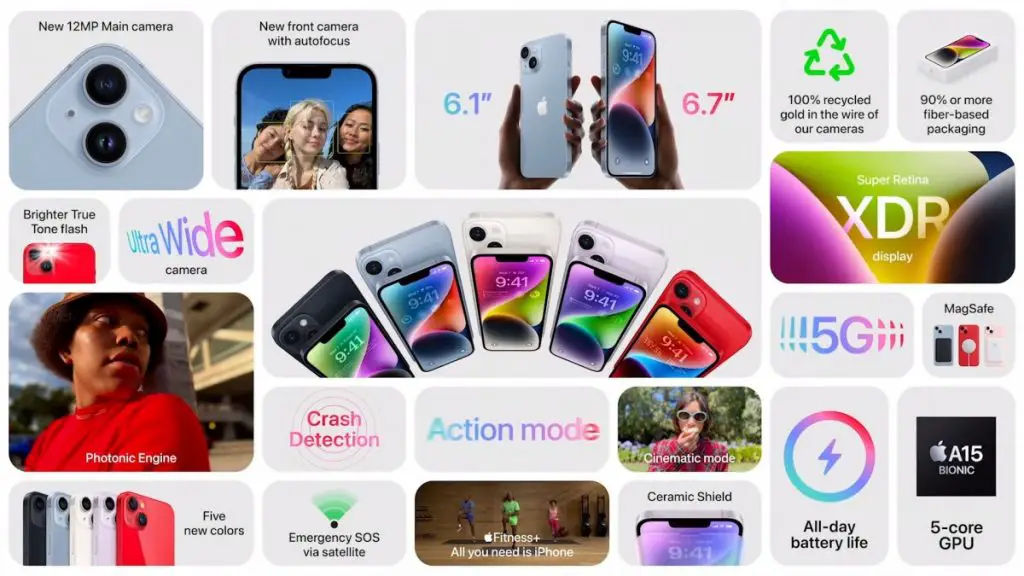
Now that the pricing has been taken care of, let’s dig deeper into all the specifications that the two non-Pro models bring onboard.
The difference between the two models is the screen size so yeah, the vanilla iPhone 14 has 6.1” while the iPhone 14 Plus gets a 6.7” Super Retina XDR OLED panel boasting 800 nits HBM, 1200 nits peak brightness along with 1170×2532 and 1284×2778 pixels resolution respectively. Again, the screen sizes and consecutively the phone’s dimensions are different while every other feature and specification is undoubtedly the same. The display boasts HDR10, Dolby Vision, oleophobic coating, and scratch-resistant ceramic glass, and the phone gets IP68 water and dust resistance.
Unlike the Pro models, both vanilla and Max iPhone 14 stick to a regular notch where Apple has incorporated the front TrueDepth Cam and other sensors while the pill-shaped notch powers the Dynamic Island on the Pro models. However, if the non-Pro models had Dynamic Island, it would’ve been great.
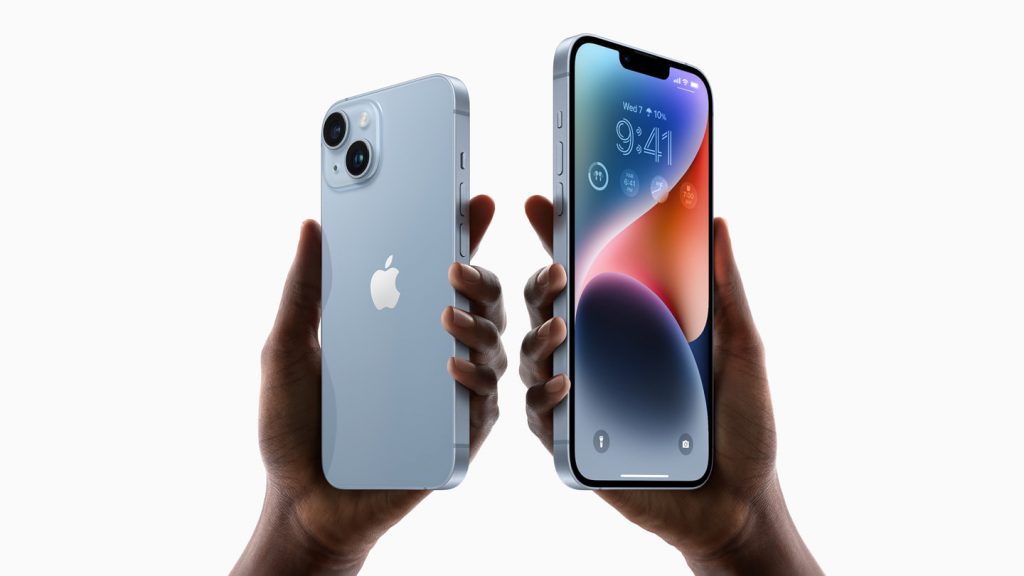
Moving on, we have SIM capacity where the iPhone 14 and 14 Plus get dual SIMs. If you have the US variant, you get dual eSIM with multiple numbers while the international variant gets SIM plus eSIM or Dual eSIM capability. The Chinese version, however, has no eSIM so you get two SIM slots for your vanilla or Plus model. There’s 5G tech onboard covering SA/NSA and Sub6/mmWave techs although it depends on what model number is available in your region.
The chipset onboard is the Apple A15 SoC from last year so it is a 5nm fabbed SoC with a 5-core GPU (instead of 4-core on iPhone 13 vanilla and mini) capable of delivering 18% better graphics performance. For the scale, iPhone 14 and 14 Plus are in line with the performances of the iPhone 13 Pro and Pro Max.
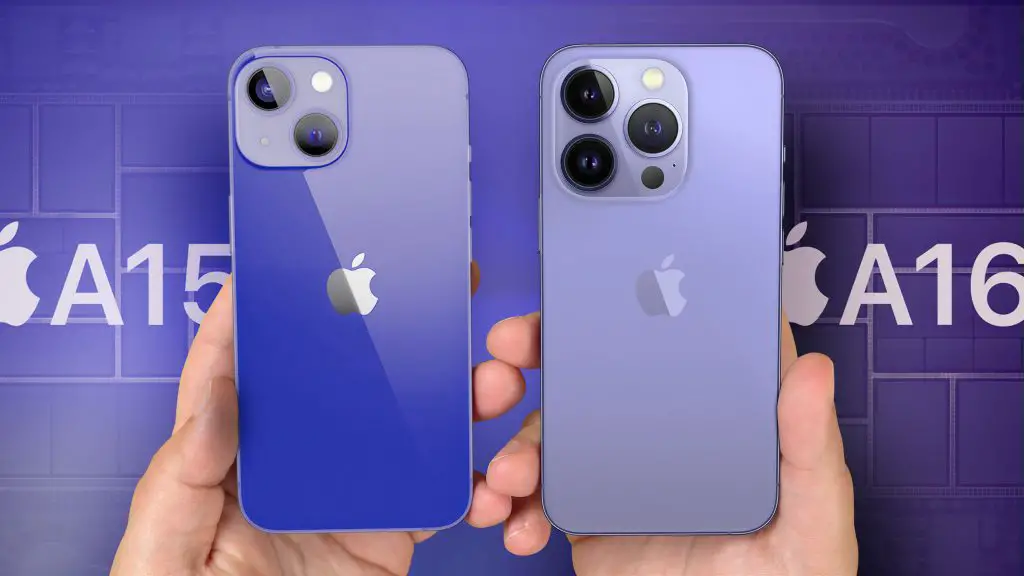
Talking about the battery, Plus has the largest with 26 hours of backup of video playback while the vanilla gets 14 hours. As usual, Apple hasn’t confirmed the battery capacity so we have to edit that part later.
We have a 12MP primary snapper at the back with a 1.9micron pixel, f/1.5 aperture, and sensor-shift OIS among others. Thanks to the larger pixel size, you get 49% more light compared to an iPhone 13 camera which eventually leads to superb picture quality. Apple has upped the game with Photonic Engine on its software end that uses Deep Fusion tech to capture better low-light shots. The second cam at the back is a 12MP ultrawide snapper with 120° FoV and f/2.4 aperture.
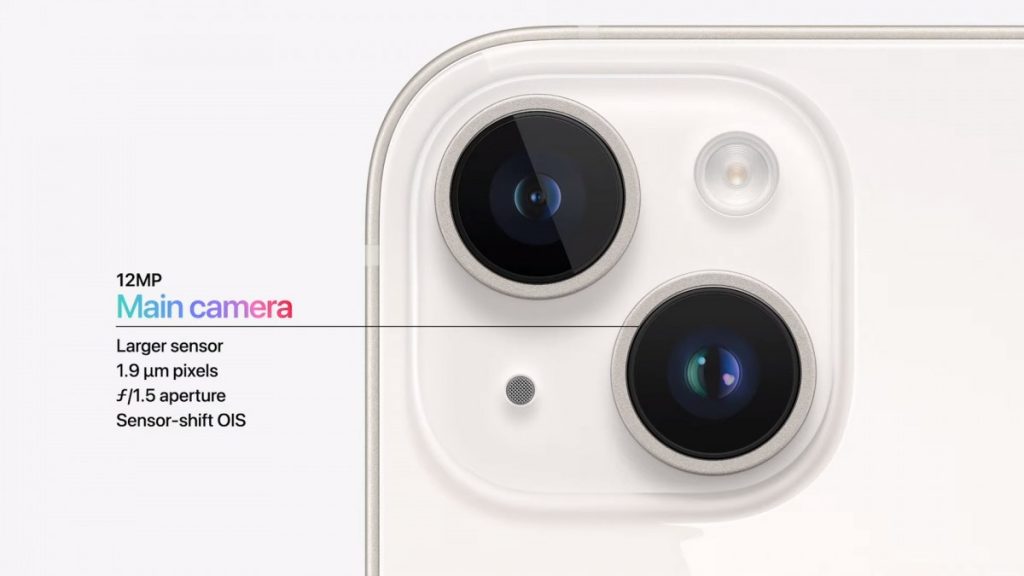
There’s Action Mode that as the name suggests, allows super stabilization for action shots at up to 4K resolution at 60fps. The front has a 12MP TrueDepth snapper with autofocus with the hardware able to capture 38% more light than the previous gen thanks to a larger pixel size from f/2.2 to f/2.2.
Satellite Communications is available onboard iPhone 14 and Plus variant which lets you send and receive text messages by connecting to the satellite in sight in case there’s no network coverage during emergencies. It takes 15 seconds to send a text over satellite in sight of clear skies while the more cover you have, the more time it will take for the delivery. However, the feature will arrive in November this year and only for the US and Canada. It will be available for free for 2 years for all iPhone 14 buyers.
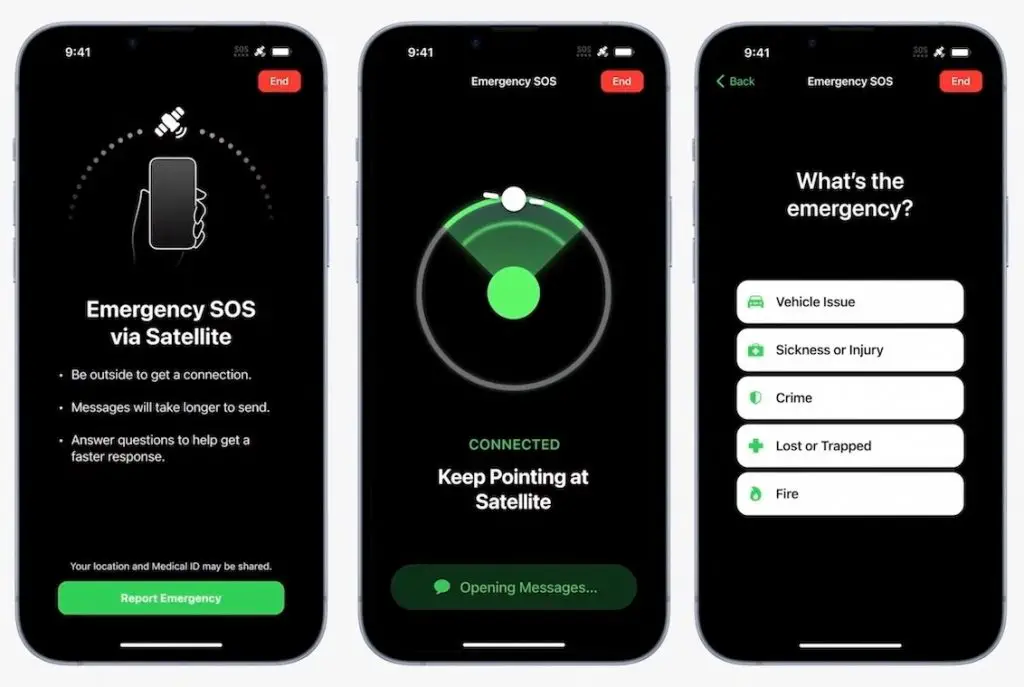
Connectivity features that you will find on the two models are UWB support, Lightning USB 2.0, Bluetooth v5.3, dual-band Wi-Fi 6, NFC, along with Face ID, a stereo speaker setup, Qi and MagSafe wireless charging support at 7.5W and 15W respectively.
There’s a new and updated feature dubbed Crash Detection that alerts emergency services and your emergency contacts when it senses a severe crash. The hardware under the hood is a 3-axis gyroscope paired with high g-force accelerometer capable of detecting up to 256g force. It uses ML to triangulate and analyze the situation and sends out notification that you can cancel if it is a false alert before sending out the required locations to the emergency services.
